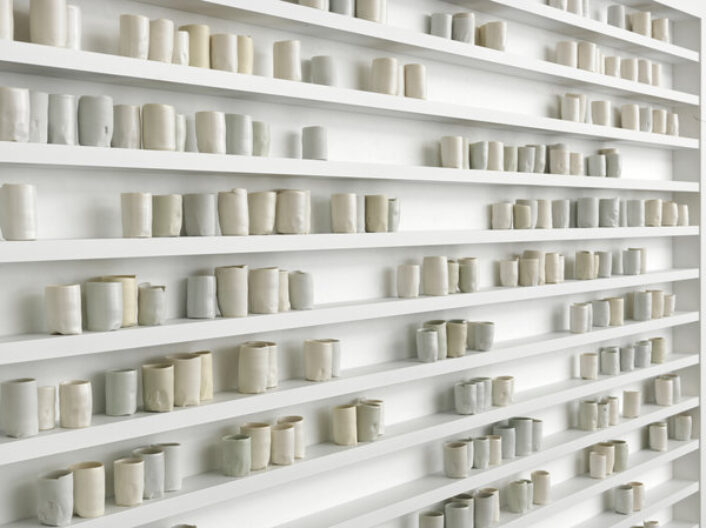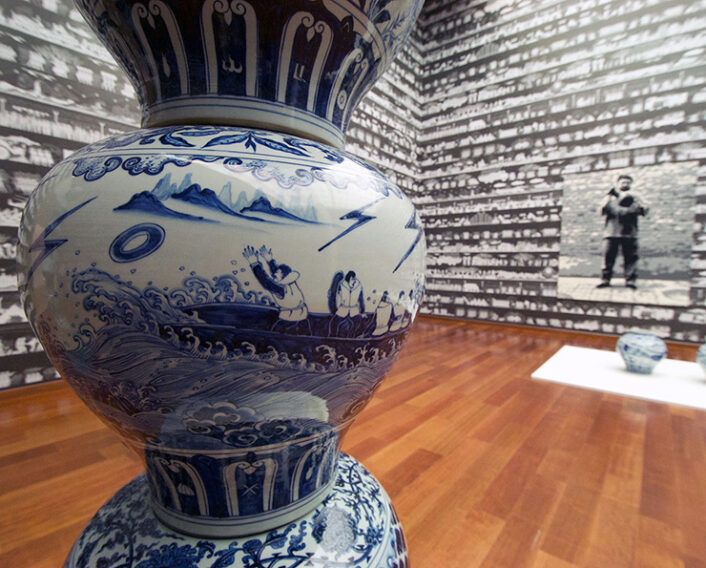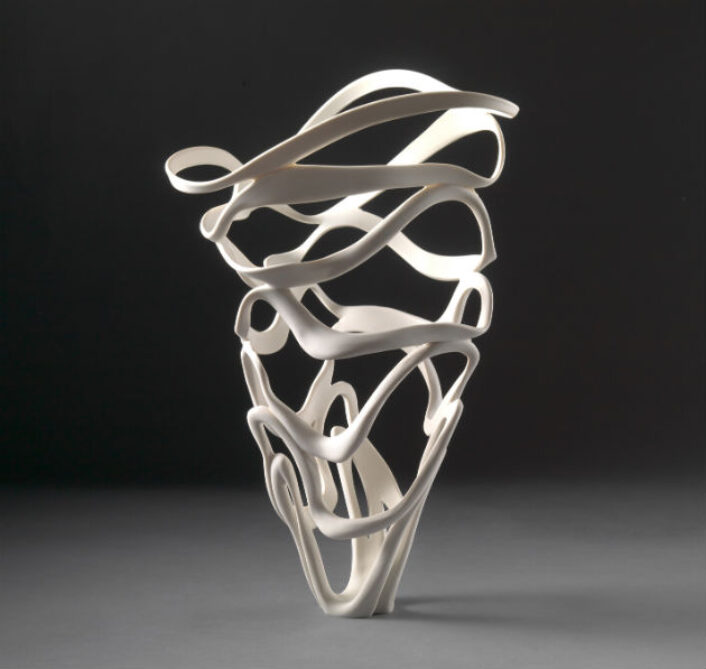The video of a walk inside Fondazione Prada’s Porcelain Room was produced by Claudia Ferri.
Culture
The Porcelain Room
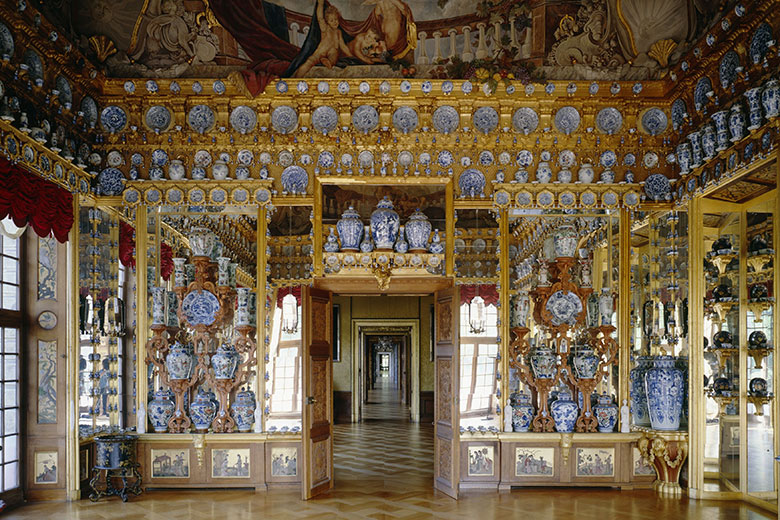
At Fondazione Prada -Porcelain Cabinet at Charlottenburg Palace, Berlin Prussian Palaces and Gardens Foundation.
Image courtesy of: Where Milan, photographed by: Jorg P. Anders
The Porcelain Room: Chinese Export Porcelain is a gathering of more than 1,700 individual Chinese export porcelain pieces from the 16th-19th centuries. Scheduled to be displayed at Fondazione Prada in Milan, the exhibition sits inside Tom Postma Design’s innovative and breathtaking structure that is adorned with brown velvet and divided into three sections.
Especially during this time, the project is revolutionary in that it brings together porcelain from various markets, social, and religious groups primarily from Europe and the Middle East. The assortment of pieces demonstrates the Chinese craftsmen and traders’ ability to respond to the demands and tastes of different targets.
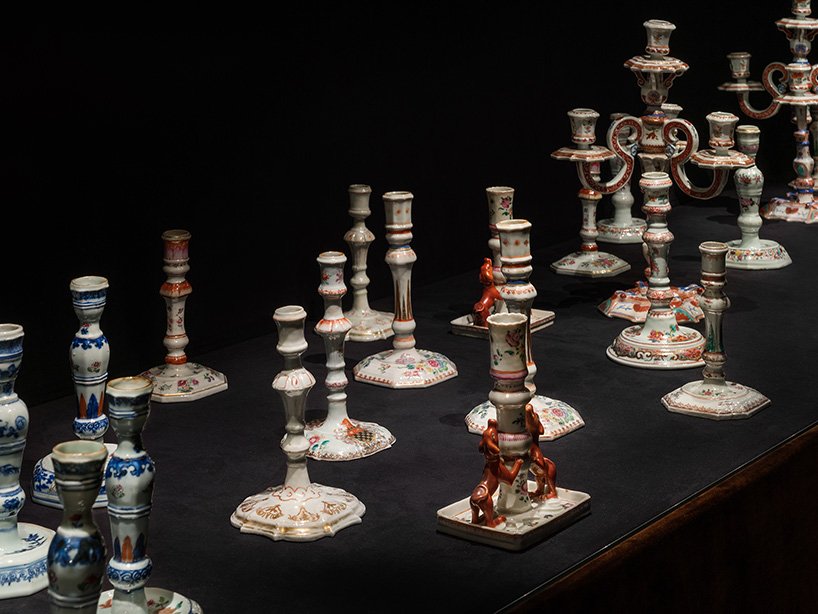
The exhibition was curated by Jorge Welsh and Luisa Vinhais and was schedule to run from January 30th- September 28th of this year.
Image courtesy of: Design Boom, photographed by: Delfino Sisto Legnani
The first section is the largest, and dates from the early 16th century to the mid 17th century. Among others, this grouping includes Ming dynasty porcelain with European iconography… the largest number ever shown together.
Categorized as “First orders,” this is a term that was often used to refer to the first commissions of Chinese porcelain by the Portuguese after their arrival in China. Items from this time period are very rare and only 150 objects survived. With 45 examples on loan from both private and public collections around the world, the pieces represent a wide range of European “First orders” in terms of type, iconography and period of realization. Included in this sections is also a small yet treasured group of rare pieces made for the Islamic market.
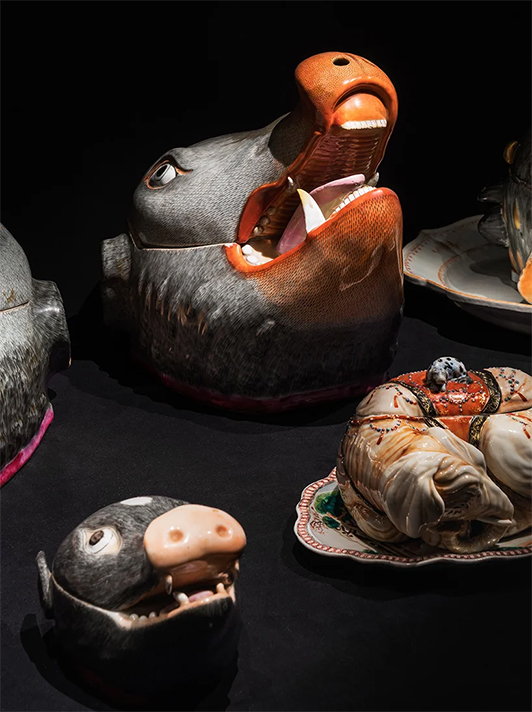
These selections of “daily-use” objects interpreted as natural and surprising forms helps to explore the impact that Chinese wares had on Western markets.
Image courtesy of: Design Boom, photographed by: Delfino Sisto Legnani
The exhibition’s second iteration is comprised of a wide selection of everyday objects in a variety of shapes such as fruit, vegetables, and animals. These Chinese tablewares had a very strong visual impact; made around 1760, they look as though they could have been made last year.
These bold pieces were part of the extraordinary tablewares that were created for the sole purpose of keeping guests entertained because the dinners organized by European aristocratic families lasted for hours upon hours. The shapes of these pieces were mostly western ceramic examples that were produced across European factories.
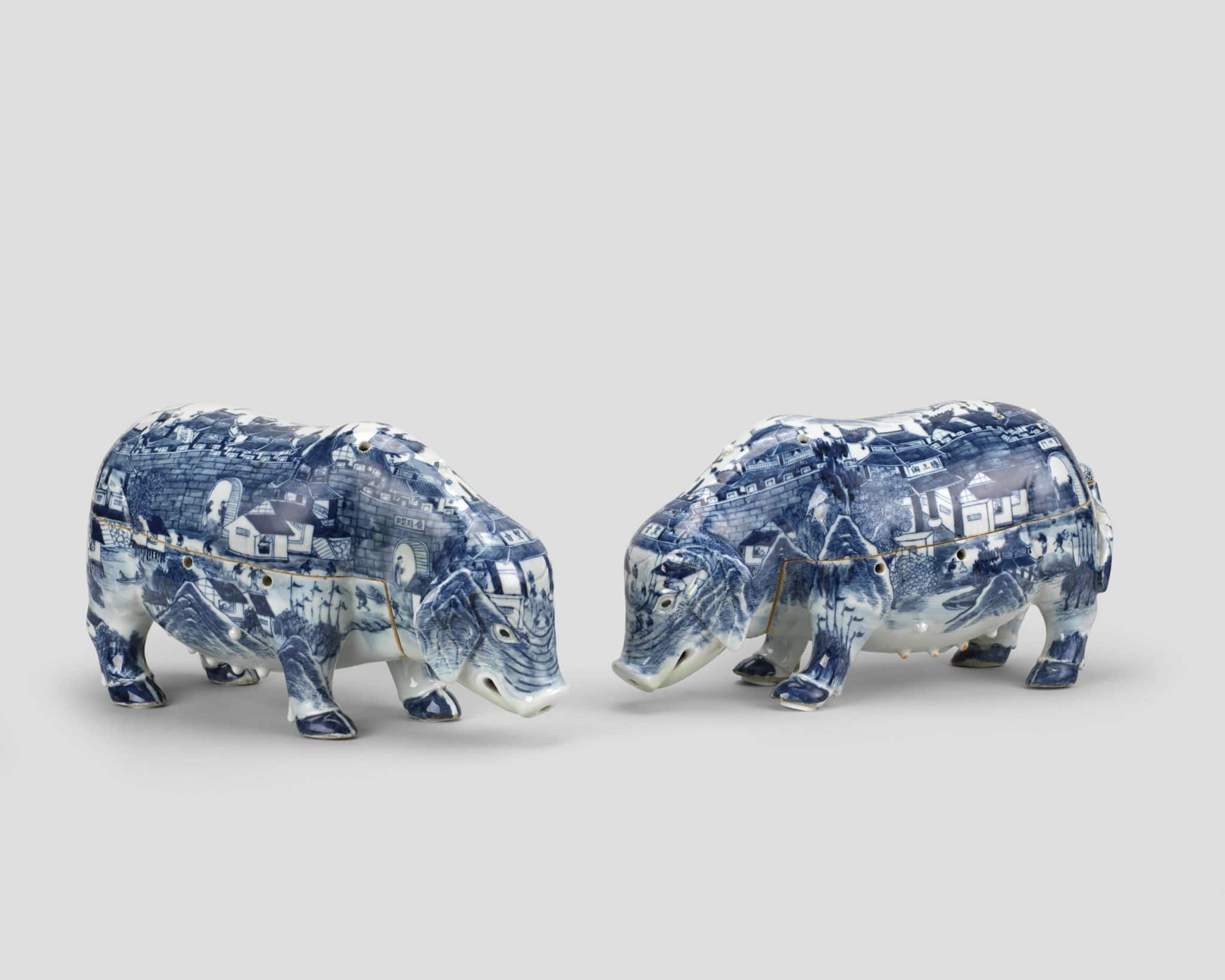
Some pieces still remain in places such as the Santos Palace in Lisbon (1667-1687) and the porcelain room at the Charlottenburg Palace in Berlin (1695-1705).
Image courtesy of: Feel Desain
The final section pays homage to the tradition of porcelain rooms and the all-encompassing installations that were created in European houses and aristocratic houses during the 17th and 18th centuries.
Among the pieces are mirrors, lacquered panels, and gilded carved wood that reference the extraordinary rooms created across Europe. What is common about the pieces in this iteration is that they were all transported to a different dimension while visitors are transported to distant cultures and far-away lands.
There is a clear push toward creating a dialogue between the ancient and the contemporary after viewing this extraordinary exhibit. There is also a confrontation between collections of objects and installations that come from distantly different cultural universes.
About the exhibition they curated, Jorge Welsh and Luisa Vinhais said, “The production of Chinese porcelain made specifically for export started long before the arrival of the Europeans to China, via the sea routes in the early 16th century. But it was during the Ming dinasty (1368 –1644) that the export market became increasingly important, initially with the appealing celadon and underglaze blue porcelains during the 15th century, then quickly gathering momentum to become the first truly global commodity once the first Europeans started trading and commissioning porcelains to bring back to the West. Chinese export porcelain is indeed a commodity, often made for a clearly utilitarian purpose. But it is also an art manifestation, made by talented ceramists and painters, coveted and collected throughout the world. Its wide reach was not only relevant in economic terms, but also in securing a global presence for this artistic expression.”
